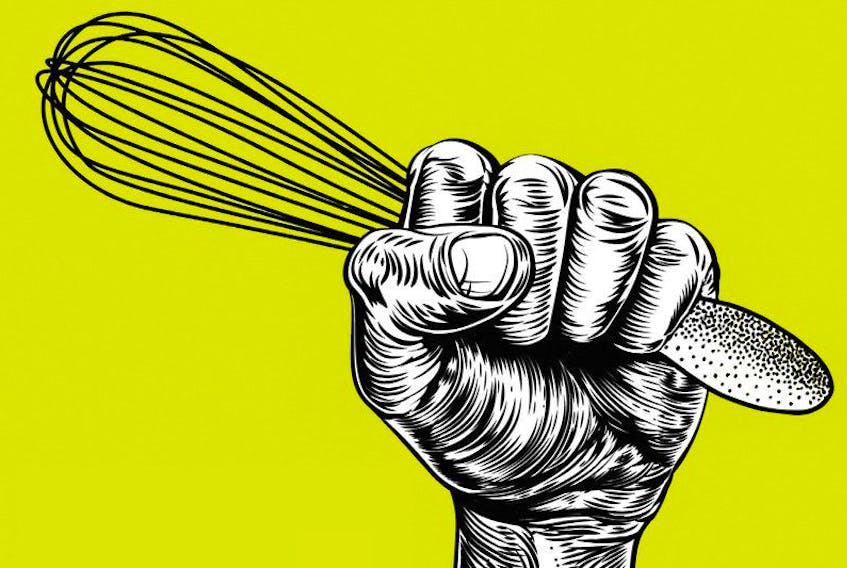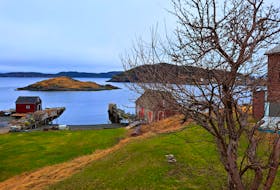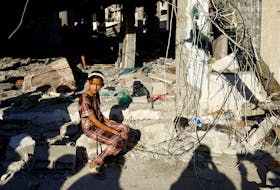By Carol Lynne D’Arcangelis
As in most provinces across Canada, Indigenous people in general and Indigenous women in particular have had limited participation in, access to, and influence over provincial and local politics in Newfoundland and Labrador, whether as members of governmental bodies or as constituents voicing concerns.
According to Statistics Canada, Indigenous peoples — namely, the Qalipu Mi’kmaq, Miawpukek Mi’kmaq, Innu, Nunatsiavut Inuit and Southern Inuit of NunatuKavut — constitute approximately 7.1 per cent of the population of Newfoundland and Labrador, with Indigenous women comprising just over half of that total — 3.6 per cent.
Clearly, Indigenous women are politically active. Why, then, are they not more visible in formal political processes?
Although holding political office is but one measure of any group’s political participation, Indigenous women are under-represented at the provincial and municipal levels: one of 40 provincial MHAs is a self-identified Indigenous woman (2.5 per cent of the provincial Parliament) and there are no available statistics on the number of Indigenous municipal councillors.
However, since women in general hold roughly 33 per cent of municipal council seats, it is safe to assume that Indigenous women are under-represented as municipal councillors, as they would need to hold 12 per cent of the current seats held by women for their proportional representation to be achieved. (Notably, one of Newfoundland and Labrador’s seven federal members of Parliament, Yvonne Jones, is Southern Inuit from NunatuKavut, Labrador.) This provincial and local under-representation is brought into stark relief by the contemporary political moment in which Indigenous women’s issues are increasingly on the public’s radar — not least thanks to the tireless organizing efforts of Indigenous “warrior women” and their allies.
That such a lack of representation of Indigenous women is allowed to exist runs counter to the spirit of both the final report of the federal Truth and Reconciliation Commission on Indian residential schools and also the Trudeau government’s recent launching of the Inquiry into Missing and Murdered Indigenous Women and Girls.
This is not to suggest that Indigenous women in the province and beyond are not, or have not been, politically active. As mentioned above, if not for Indigenous women’s decades-long work to call attention to the colonial violence that over-determines their lives, our collective concern around the topic, however insufficient, would not be what it is. Indeed, Indigenous women have historically been at the forefront of their nations’ struggles for sovereignty and self-determination. On this note, Idle No More readily comes to mind — an Indigenous resistance movement that emerged in late 2012 that was initiated by four women, three of whom are Indigenous.
Newfoundland and Labrador is no exception in this regard. A host of organizations and groups across the province — all with Indigenous women in leadership capacities — are dedicated to the well-being of Indigenous women, their families, communities and nations. These movements include, but are not limited to, the Newfoundland Aboriginal Women’s Network (NAWN); women’s groups of the Miawpukek First Nation and Qalipu First Nation; the Pauktuutit Inuit Women of Canada; the Mokami Status of Women Council; the St. John’s Native Friendship Centre; the Labrador Friendship Centre and Aboriginal Family Centre; and the Provincial Advisory Council on the Status of Women.
Clearly, Indigenous women are politically active. Why, then, are they not more visible in formal political processes? Simply put, Indigenous women have been disempowered in specifically gendered ways by the colonial process, in particular by the sexist discrimination of the Indian Act. As a result, Indigenous women’s leadership and organizing capacities have not held sway in formal Canadian governance structures, including in the colonially imposed band council system. (Granted, not all Indigenous peoples share an equal desire to participate in Canadian political processes. Their myriad reasons for this position are beyond the scope of this essay.)
Given the disconnect between Indigenous women’s participation in the diverse channels referenced above — in grassroots groups, community groups, non-governmental organizations and government-affiliated women’s groups — and their formal political participation, several steps can and should be taken to remedy the situation.
The onus should be on all government officials in the province (local, provincial or federal) to initiate contact with Indigenous women’s organizations in their regions, perhaps starting with the organizations I have listed here. I envision earnest conversations about how government could best serve the Indigenous women (and men) of the province, including by supporting Indigenous women-led initiatives that emerge out of particular knowledge systems.
Political institutions at every level should foster “the conditions needed for indigenous women to succeed in exercising their own forms of collective action.” Opening (and widening) channels of communication would be a powerful step — a simple, yet profound signal to Indigenous women that all Newfoundlanders and Labradorians will do our part to fulfil Canada’s reconciliation mandate on Indigenous terms. In this spirit, political officials should consult Indigenous women about a host of topics — not just “Indigenous women’s issues” — on a regular basis. (Additionally, in line with Dimitrios Panagos’s essay in “The Democracy Cookbook,” there could be designated seats for Indigenous women in governmental bodies to achieve gender and race parity.)
With all that said, Indigenous women themselves should ultimately determine if and how to redress the systemic under-representation and disregard of their voices in Canadian democratic processes in their current form.
About the Author
Carol Lynne D’Arcangelis (Gender Studies, Memorial University of Newfoundland) researches solidarity efforts between Indigenous women and non-Indigenous women in a contemporary Canadian context. Since 2005, she has participated in solidarity work as a non-Indigenous feminist around the issue of murdered and missing Indigenous women, and co-organized an August 2016 forum in St. John’s on the recently begun public inquiry.








